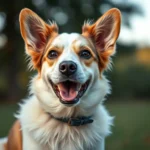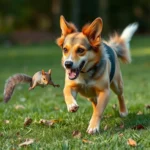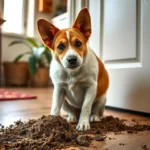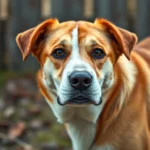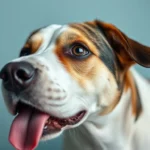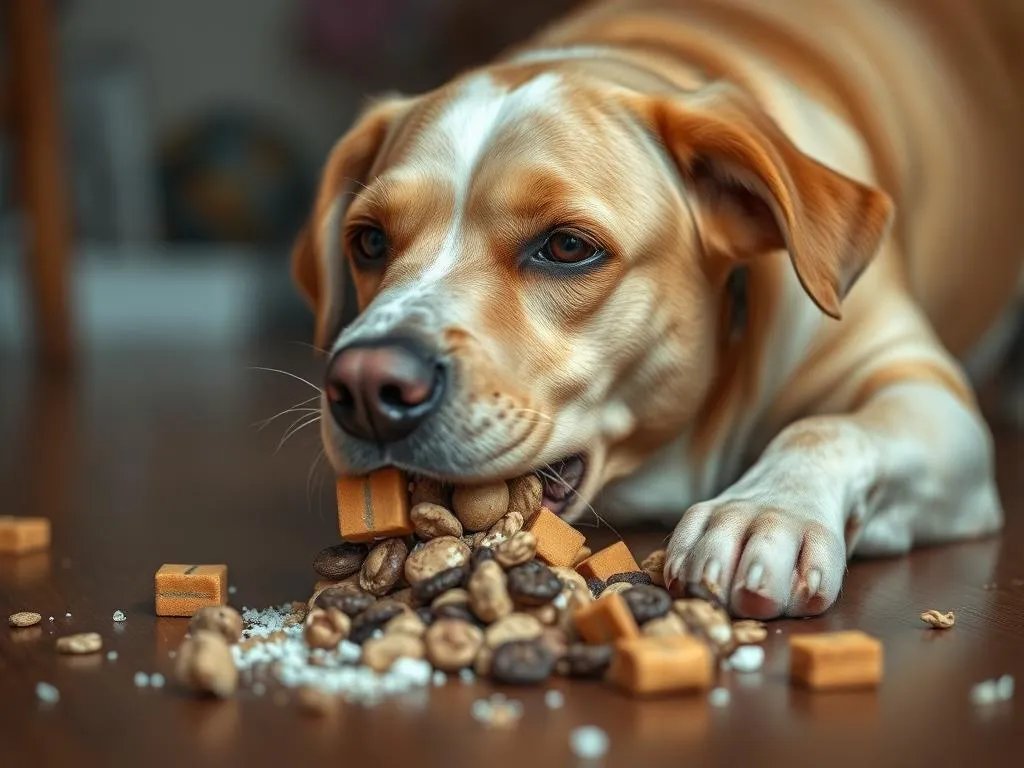
Understanding why dogs spill their food can provide valuable insights into their habits and health. Many dog owners have encountered the frustrating sight of their furry friends scattering kibble across the floor, leaving a mess that often requires immediate cleanup. But why does this happen?
In this article, we will delve into the various reasons behind this behavior, exploring the natural instincts of dogs, potential health issues, and environmental factors that contribute to food spillage. We will also offer solutions to minimize this behavior and discuss the importance of seeking professional advice when necessary.
Understanding Dog Behavior
The Nature of Canine Instincts
To understand why dogs might spill their food, it’s essential to look at their behavioral roots. Dogs are descendants of wild canines, and many of their instincts are inherited from these ancestors. Wild dogs often scavenged for food, consuming it quickly to avoid competition or predation. This instinct can manifest in domestic dogs as a tendency to eat rapidly or spill food while trying to get to it.
Common Dog Behaviors
Aside from spilling food, dogs exhibit various feeding-related behaviors, such as scavenging and hoarding. While some behaviors are normal, others may indicate underlying issues. Recognizing the difference between typical dog behavior and signs of distress is crucial for every dog owner.
Reasons Why Dogs Spill Their Food
Physical Reasons
Bowl Design and Size
One common reason dogs spill their food is the design and size of their bowl. A bowl that is too shallow or has steep sides can lead to food being easily knocked out. Additionally, bowls that are too large may encourage dogs to dig through their food, resulting in spills. Choosing the right bowl can significantly reduce messiness at mealtime.
Health Issues
Sometimes, spilling food can be a symptom of underlying health problems. Dental issues, such as gum disease or broken teeth, can make it painful for dogs to eat, causing them to drop food. Digestive problems may also affect how dogs consume their meals. If your dog frequently spills food and shows other signs of distress, it may be time to consult a veterinarian.
Behavioral Reasons
Playfulness and Curiosity
Dogs are naturally playful and curious animals. This playful behavior can lead to spilling food, especially if they view mealtime as an opportunity for fun. Some dogs may paw at their food or play with it before eating, leading to a mess. Their curiosity can also drive them to explore their food in ways that result in spillage.
Anxiety and Stress
Anxiety can significantly affect a dog’s eating habits. Dogs that are anxious or stressed may not focus on their food and can become distracted, leading to spilling. Signs of stress may include pacing, whining, or an inability to settle down during mealtime. If you notice these behaviors, it’s essential to address the underlying causes of your dog’s anxiety.
Environmental Factors
Feeding Environment
The location where a dog eats can greatly influence its behavior. Distractions from other pets, loud noises, or even the presence of people can lead to spilling. Creating a calm feeding environment can help dogs concentrate on their meals and reduce the likelihood of making a mess.
Feeding Schedule
An irregular feeding schedule can also contribute to food spillage. Dogs thrive on routine, and a consistent feeding schedule helps them know when to expect their meals. If a dog is unsure when it will be fed, it may behave erratically, leading to spillage during mealtime.
How to Reduce Food Spillage
Choosing the Right Bowl
Selecting the right bowl is one of the simplest ways to reduce food spillage. Look for bowls that are designed to minimize mess, such as those with a wider base or anti-slip features. The size should also correspond to your dog’s breed and eating habits. For instance, smaller breeds may require shallow bowls, while larger breeds benefit from deeper ones.
Establishing a Calm Feeding Environment
Creating a distraction-free zone for your dog during mealtime can significantly improve focus and reduce anxiety. Choose a quiet area of your home for feeding, away from the hustle and bustle. You can also try using calming aids, such as pheromone diffusers, to help create a more relaxed atmosphere.
Adjusting Feeding Techniques
Portion Control
Controlling the portion sizes of your dog’s meals can help minimize spillage. Instead of filling the bowl to the brim, serve smaller portions to encourage your dog to eat more carefully. This method allows dogs to focus more on their food and reduces the chances of knocking it over.
Slow Feeders
Using slow-feed bowls can be an effective solution to control eating speed and reduce spillage. These bowls are designed with obstacles that require dogs to take their time while eating, promoting better digestion and minimizing mess.
Training Techniques
Training your dog to have better table manners can also help reduce food spillage. Basic commands like “sit” or “wait” can instill patience during mealtime. Consistent training will not only improve behavior but also strengthen the bond between you and your dog.
When to Seek Professional Help
Signs of Underlying Health Issues
If your dog frequently spills food and shows other concerning behaviors, it may be time to consult a veterinarian. Symptoms such as difficulty chewing, excessive drooling, or changes in appetite can indicate health problems. Early intervention is crucial to addressing any underlying issues.
Behavioral Consultation
For dogs that exhibit persistent spilling behavior due to anxiety or stress, it may be beneficial to consult a dog behaviorist. These professionals can provide behavioral assessments and tailored strategies to modify your dog’s behavior, helping them feel more secure during mealtime.
Conclusion
In summary, understanding why dogs spill their food involves examining various factors, including physical attributes, behavioral tendencies, and environmental influences. By recognizing these elements, dog owners can take proactive steps to minimize mess during feeding time.
Understanding your dog’s unique needs can lead to a more harmonious and enjoyable mealtime experience for both you and your furry companion. Observing your dog’s behavior and making adjustments as necessary will help you create a more pleasant feeding routine.



